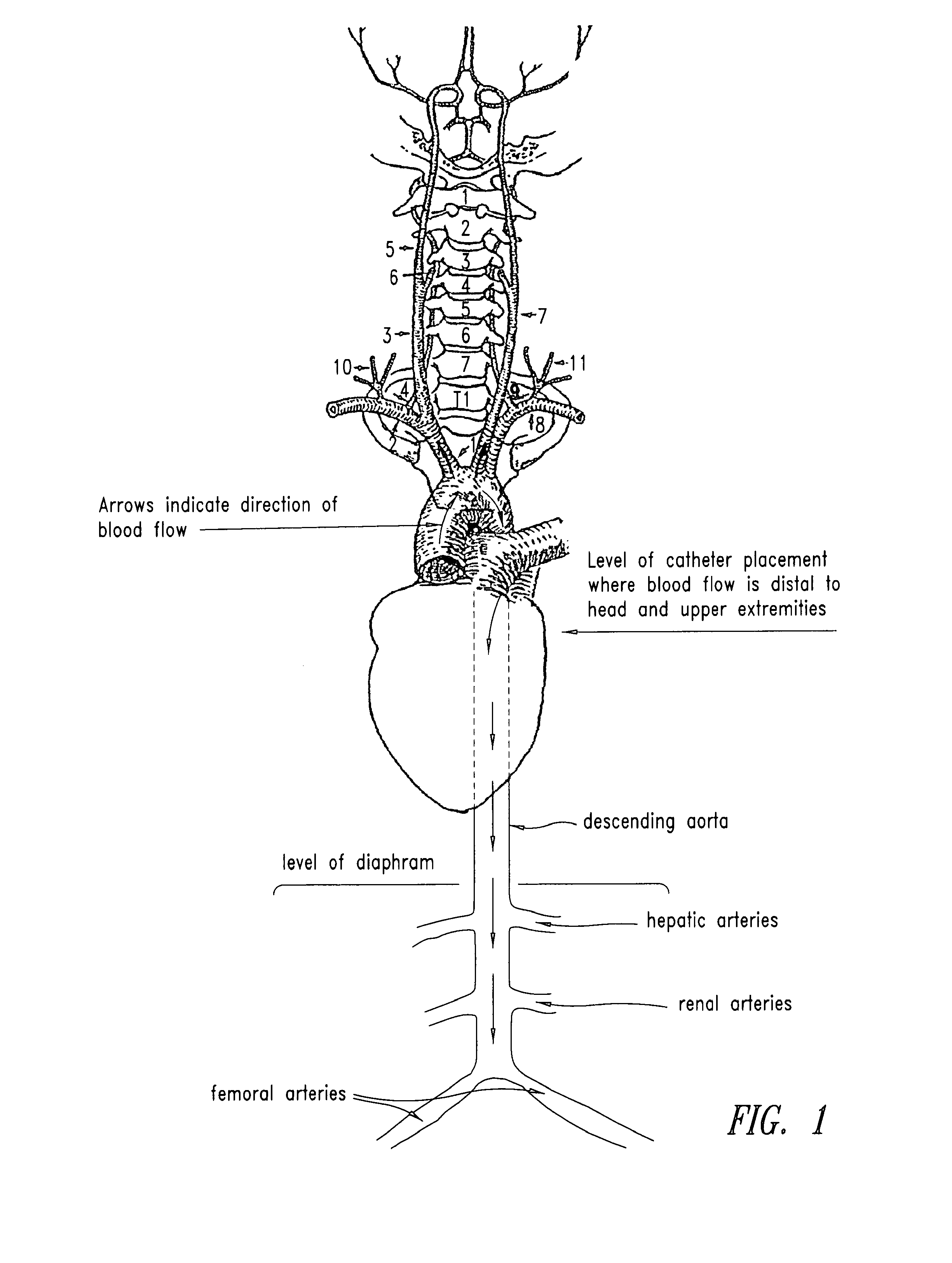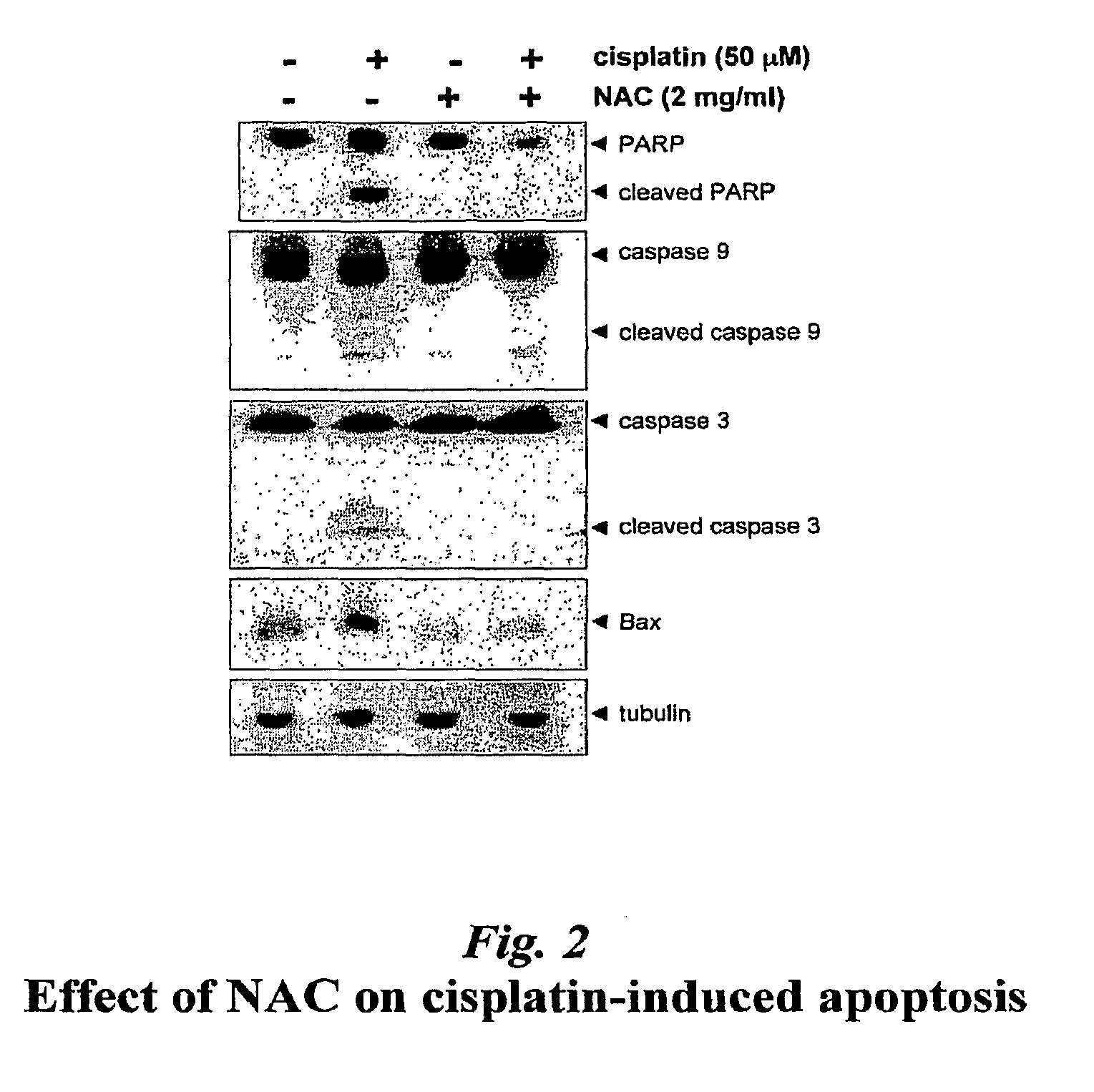Methods for reducing toxicities associated with medical procedures employing radiographic contrast agents
a radiographic contrast agent and toxicity technology, applied in the direction of drug compositions, peptide/protein ingredients, catheters, etc., can solve the problems of acute renal failure, add to the cost of medical care, and the renal failure prevention or mitigation of the administration of radiographic contrast agents, so as to reduce nephrotoxicity and reduce nephrotoxicity
- Summary
- Abstract
- Description
- Claims
- Application Information
AI Technical Summary
Benefits of technology
Problems solved by technology
Method used
Image
Examples
example 1
N-Acetylcysteine Safety and Pharmacokinetics
[0036]N-acetylcysteine Dose Escalation
[0037]Rats were given NAC IV at time 0, 4 hours, and 8 hours and were then followed for two weeks. At 1500 mg / kg×3, animals tolerated the infusions well but lost 5%-10% of body weight within 2-3 days of infusion. At 1200 mg / kg×3, rats showed no weight loss and no signs of toxicity. Thus, three IV administrations of 1200 mg / kg NAC, 4 hours apart, were determined to be safe and well-tolerated.
[0038]Effect of Route of Administration on N-Acetylcysteine Biodistribution
[0039]Radiolabelled NAC in combination with unlabeled NAC (140 mg / kg) was administered to rats with the following routes of infusion: IV; IA into the right carotid artery for brain infusion; aortic infusion (IA infusion via the left external carotid artery with left internal artery occlusion) to avoid brain infusion; and IA (right carotid) with osmotic Blood Brain Barrier Disruption (BBBD) to maximize delivery to the brain. When NAC was admin...
example 2
N-Acetylcysteine-Mediated Inhibition of Cisplatin-Induced Apoptosis
[0044]Cisplatin cytotoxicity is associated with cellular apoptosis, as evaluated by nuclear translocation of apoptosis induction factor, expression of the pro-apoptotic Bax protein, cleavage of caspases 3 and 9, and cleavage of PARP (e.g., Wu et al., J Pharmacol Exp Therap 312: 424-431, 2005). Thus, the ability of NAC to modulate cellular apoptosis proteins was evaluated by Western Blot analysis. As shown in FIG. 2, NAC administration reversed the cytotoxic effects of cisplatin if added concurrent with cisplatin or up to 2 hours after cisplatin, however protection was reduced if NAC was delayed more than 2 hours and was minimal by 8 hours after cisplatin administration in this assay.
example 3
Importance of Delivery Route and Concentration for N-Acetylcysteine-Mediated Protection Against Nephrotoxicity
[0045]There are few animal models of contrast-induced nephropathy, and the reported models are not easily reproducible. Cisplatin chemotherapy induces kidney toxicity in rats as demonstrated by elevated BUN and creatinine, as well as weight loss. In this example, we used cisplatin-induced cytotoxicity and nephrotoxicity, a dose limiting toxicity of cisplatin chemotherapy, as a model of contrast-induced nephropathy.
[0046]Rats were treated with cisplatin 10 mg / kg intraperitoneally (IP). NAC at 50 or 400 mg / kg was adminstered to the rats by IP, oral (per os PO) and IV routes and compared to those that received only cisplatin. Rats were tested for renal toxicity 3 days after treatment by measuring serum concentrations of BUN and creatinine (CR).
[0047]All but one of the rats receiving cisplatin alone had an abnormally high BUN (mean=122±18.0 mg / dL). High level of BUN correlates w...
PUM
| Property | Measurement | Unit |
|---|---|---|
| time | aaaaa | aaaaa |
| time | aaaaa | aaaaa |
| time | aaaaa | aaaaa |
Abstract
Description
Claims
Application Information
 Login to View More
Login to View More - R&D
- Intellectual Property
- Life Sciences
- Materials
- Tech Scout
- Unparalleled Data Quality
- Higher Quality Content
- 60% Fewer Hallucinations
Browse by: Latest US Patents, China's latest patents, Technical Efficacy Thesaurus, Application Domain, Technology Topic, Popular Technical Reports.
© 2025 PatSnap. All rights reserved.Legal|Privacy policy|Modern Slavery Act Transparency Statement|Sitemap|About US| Contact US: help@patsnap.com



